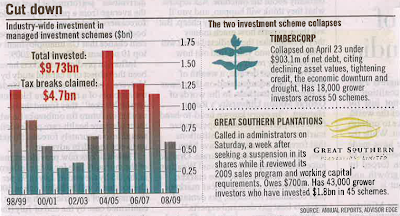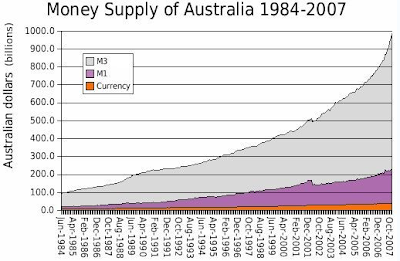The following is extracts from one of the best silver articles I have read to date, from well-known silver commentator, Ted Butler. I encourage all to read the full article titled, A Presidential Bombshell.
Here is a quick summary of some of the points made in Ted’s article.
In the United States:Silver per-capita
- In 1959, the US Treasury Department held approximately 2.1 billion ounces in silver bullion inventories plus 1.3 billion ounces in circulating coinage, for a total of 3.4 billion ounces of silver.
- By 1971, the Treasury held only 170 million ounces of silver bullion and most silver coins were removed by investors from circulating coinage and eventually melted into bullion.
- In only 12 years, the US Government transferred 94 percent of its holdings to the private sector (over 3.2 billion ounces).
- The US Government became a net buyer of silver again in 2001 to mint American Silver Eagles.
In the United States:So if you hold just one 1-ounce silver bullion coin today, consider yourself wealthy. Likewise if you hold just 1 ounce of gold.
- In 1959, there was almost 19 ounces of silver for every person in the United States.
- Today the U.S. has no government reserves of silver.
Worldwide:
- in 1959 there were about 9 billion ounces of silver bullion in the world, with a population of 3 billion, there was a per-capita amount of 3 ounces for each of the world’s citizens.
- Today, there is a per-capita amount of silver of 0.15 of an ounce per person (1 billion ounces divided by 6.8 billion population).
- By way of comparison, the per-capita amount of gold bullion equivalent in the world has remained remarkably stable at around three-quarters of an ounce per person, for more than 100 years.
Further in Ted’s commentary on May 11, he quoted a speech from President Lyndon Johnson which was made on July 23, 1965. This is what President Johnson said:
"Now, all of you know these changes are necessary for a very simple reason--silver is a scarce material. Our uses of silver are growing as our population and our economy grows. The hard fact is that silver consumption is now more than double new silver production each year. So, in the face of this worldwide shortage of silver, and our rapidly growing need for coins, the only really prudent course was to reduce our dependence upon silver for making our coins.
If we had not done so, we would have risked chronic coin shortages in the very near future.
Some have asked whether our silver coins will disappear. The answer is very definitely-no.
Our present silver coins won't disappear and they won't even become rarities. We estimate that there are now 12 billion--I repeat, more than 12 billion silver dimes and quarters and half dollars that are now outstanding. We will make another billion before we halt production. And they will be used side-by-side with our new coins.
Since the life of a silver coin is about 25 years, we expect our traditional silver coins to be with us in large numbers for a long, long time.
If anybody has any idea of hoarding our silver coins, let me say this. Treasury has a lot of silver on hand, and it can be, and it will be used to keep the price of silver in line with its value in our present silver coin. There will be no profit in holding them out of circulation for the value of their silver content."
Silver is rare. It's so rare, 99 out of 100 people wouldn't know about it. It’s a finite store of value with no debt or liability attached to it. Unlike gold it is also an industrial metal as well as a monetary metal. In 1959 President Johnson used the word’s “world shortage” and “silver is a scare material”. Less than 15 years after those worlds the price of silver rose from US$1.29 to more than US$50 in 1982. In 1959 there was 9 times more silver and 3.8 billion extra people than today! – so why don’t we hear stories of silver’s extreme rarity today? We only get a handful of gold reports on the news, and it will always be referred to in USD terms. Apparently the world is flat, not round.
Silver has become so rare for the first time in human monetary history there is more than four to five times more silver above ground than gold. Even more amazing is that silver has been manipulated so much by Governments, and commercial banks that it remains dramatically undervalued compared to gold. The silver market in dollar terms is one of the smallest and easiest commodity markets to manipulate. Total above ground silver is currently worth US$12 billion at current prices compared to almost US$4 trillion for gold. Keep in mind there is about 1 billion ounces of silver, and 4 to 5 billion ounces of gold. Something is not right here.
Gold-Silver Ratio
The historical gold/silver ratio (over many centuries) was around 15 to 1. The primary reason is that silver was around 15 times more abundant in the earth's crust than gold. Today the gold silver ratio is 80 to 1, almost double the average for the last 200 years of 33, and the average of 20th century average of 47.
Chart 1: Gold Silver Ratio over last 200 years

With available silver more rare than gold, silver has considerable gains to record. Gold will do very well, but silver should provide exceptional returns within the next decade. Another way to put it, the purchasing power of silver should rise greater than the purchasing power of gold. Some analysts believe silver will get to a gold/silver ratio of 1:1 within our lifetime. I think this is highly plausible and not out of the question.
Something has been keeping the silver price down for many years... It's Government, Central Bank and Commercial Bank manipulation... I will go into more depth another time, in the meantime Ted Butler's weekly commentary website is worth a bookmark.
- Scott













